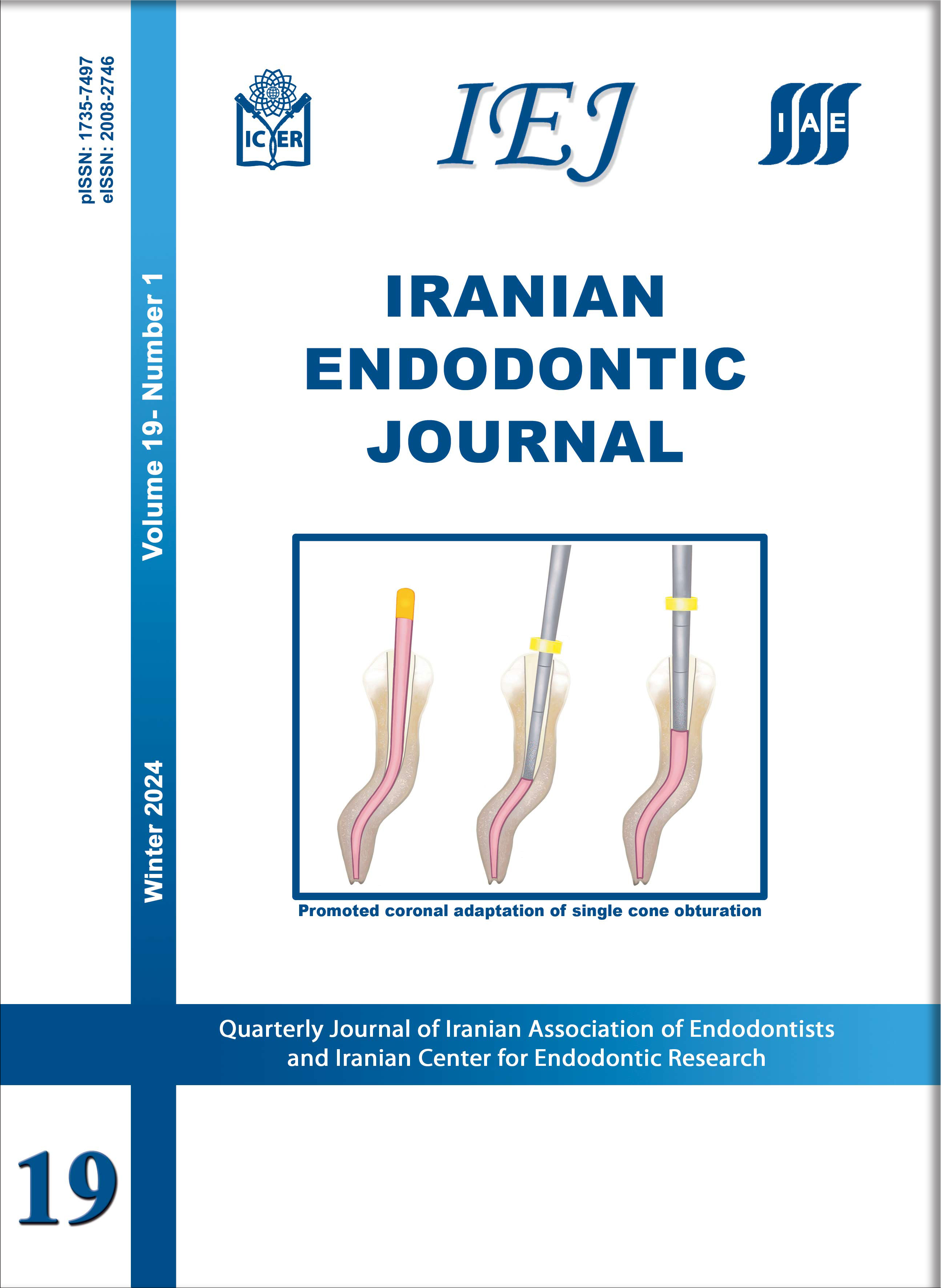Comparing alveolar bone regeneration using Bio-Oss and autogenous bone grafts in humans: a systematic review and meta-analysis
Iranian Endodontic Journal,
Vol. 4 No. 4 (2009),
10 Mehr 2009,
Page 125-130
https://doi.org/10.22037/iej.v4i4.1486
INTRODUCTION: Bone regeneration grafts (BRG) are widely used in the treatment of osseous defects and oral surgery. The various techniques and associated success rates of bone augmentation require evaluation by systematic review and meta-analysis of eligible studies. The aim of this systematic review was to compare alveolar bone regeneration in humans using Bio-Oss and autogenous bone graft. MATERIALS AND METHODS: The computerized bibliographical databases including Pubmed, Google, ScienceDirect and Cochrane were searched for randomized and cohort studies in which autogenous grafts were compared to Bio-Oss in the treatment of periodontal defects. The inclusion criteria were human studies in English that were published 1998-2009. Exclusion criteria included non randomized observation and cohort studies, papers which provided summary statistics without the variance estimates, and studies that did not use BRG intervention alone, were excluded. The screening of eligible studies, assessment of the methodological quality of the trials and data extraction were collected by two observers independently. For comparing autogenous grafts used alone against Bio-Oss used alone 5 situations were investigated. Thirteen studies were included in the review which compared autogenous against Bio-Oss, autogenous combined with guided tissue regeneration (GTR) against GTR, Bio-Oss combined with GTR versus GTR, autogenous alone versus Open Flap Debridement (OFD), Bio-Oss versus OFD. In meta-analysis, changes in bone level (bone fill) was used as the measure. Data were analyzed using Bayesian meta-analysis by WinBUGS and Boa software. RESULTS: Only one comparison demonstrated that the difference in bone augmentation between Bio-Oss and OFD was statistically significant. CONCLUSION: There is insufficient evidence to show that Bio-Oss is superior to autogenous grafts in bone augmentation techniques however autogenous bone involves donor site surgery and thus donor site morbidity, so we can conclude that Bio-Oss is better than autogenous for alveolar regeneration. [Iranian Endodontic Journal 2009;4(4):125-30]




